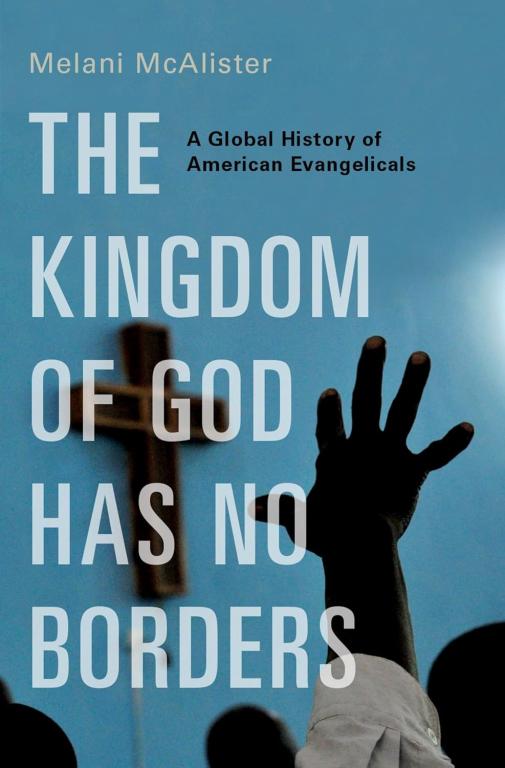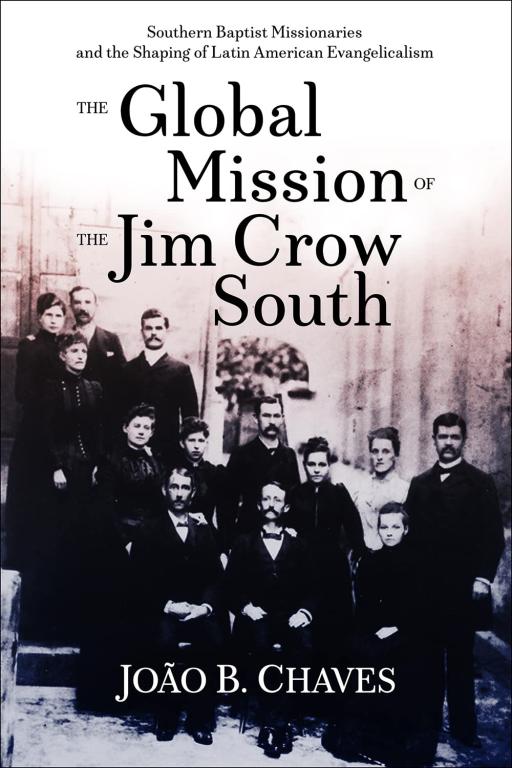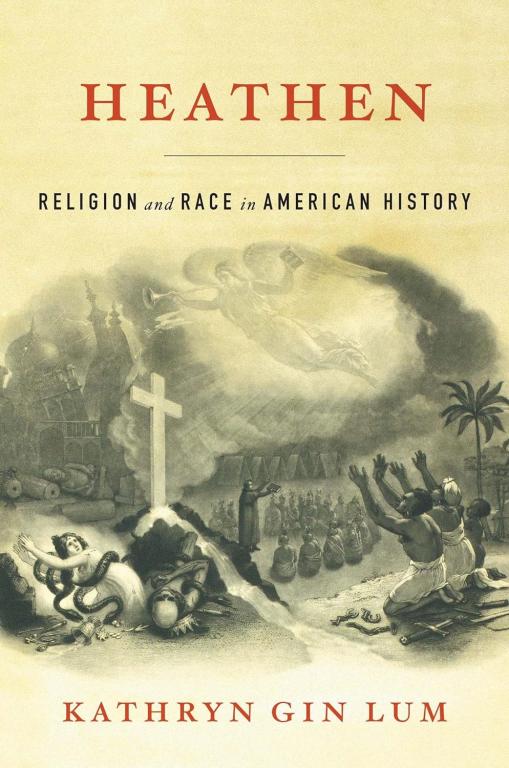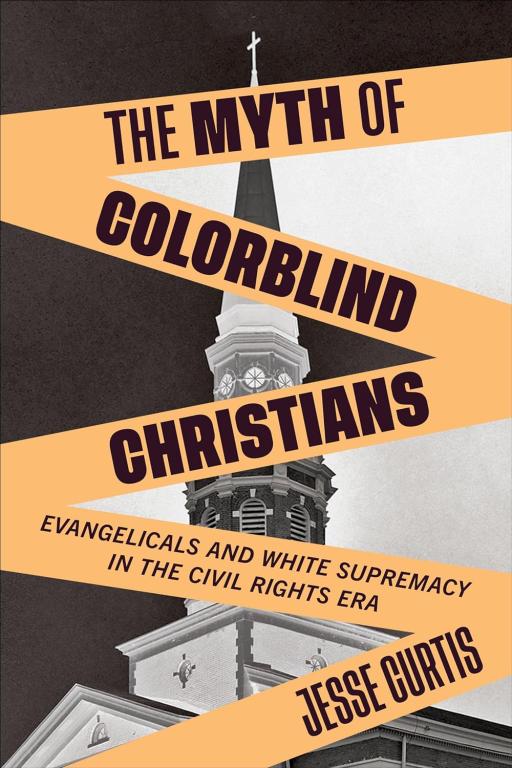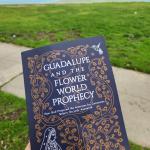I learned early on as the child of American missionaries in Kenya that white people were a big deal. Where ever we went, people scurried to help us, lined up to shake our hands, and often scrounged around their meager possessions in search of gifts for us. Children stared at me with wide eyes and sat behind me in church so they could slowly stroke my long, blondish hair, almost in meditation. People looked to my parents for money, opportunity, and employment, but also advice, religious authority, and spiritual wisdom. Our entire presence in Kenya was in a way premised on an implied superiority of some kind–my parents came, presumably, because they had something to offer, something more, something Kenyans didn’t have.
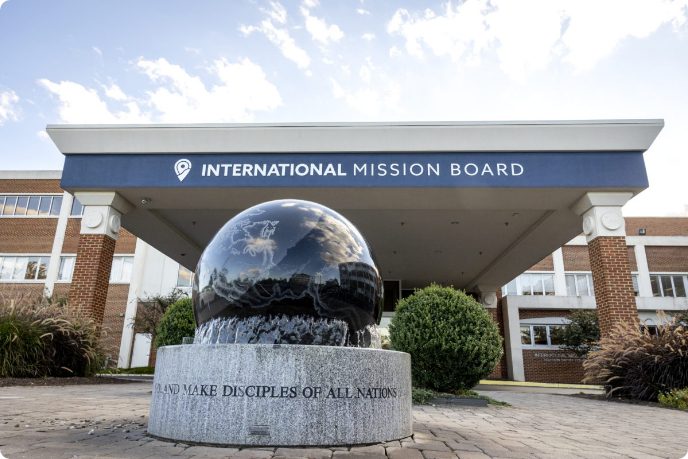
I had no other context in which to place these experiences. At the American mission-run boarding school I attended, I got a racially sanitized version of American history and no African history at all. These days, American missionaries are somewhat more aware of this context, mainly because growing numbers of educated Africans confront them with it. But ignorance and blindness persist; consider missionary Renee Bach, featured in the recent documentary Savior Complex, stumbling over the word “neocolonialism” before admitting she had no idea what it meant.
After high school, I returned to the US to attend a Southern Baptist college, where the few Black Americans I encountered were nothing like the the Black people around whom I grew up. These Black people weren’t deferential, they weren’t grateful, and some seemed rather pissed off. They didn’t reflect back to me the image I wanted to have of my kind–good-hearted white people who wanted to help. It wasn’t until I did graduate work in American and African history that I understood the context of both experiences with race–here and there–two sides of a coin smelted in centuries of racial oppression and exploitation.
My experience is a microcosm for how overseas missions–still a prominent feature of white evangelical culture–has served the psychological needs of white American Christians for centuries now. Missions have long allowed them “to construct an image of themselves through a particular image of others,” in the words of scholar Melani McAlister.[1] Instead of confronting America’s racial problems and white Christians’ complicity in them, white American Christians can deploy largely unexamined white privilege towards holy, redeeming purposes in far-flung places and “exotic” cultures that accept it with few questions or complaints.
Consider the inauspicious beginnings of the largest, most sophisticated missions organization of all time, the Southern Baptists’ International Mission Board, which today sends thousands of missionaries around the world and has a budget of hundreds of millions of dollars. Long story short, it began in 1845 when southerners seceded from a national convention specifically so they could appoint slaveholders as missionaries after the national organization barred them. Nonetheless, southerners maintained that the new organization’s purpose was not to defend slavery, but to pursue “the extension of the Messiah’s kingdom.”[2] Southern Baptist missionaries in some cases held slaves on the mission field. After the Civil War, according to historian João Chaves, the mission board recruited former slaveholders as missionaries to Brazil by referencing slavery’s continued legality there and Brazil’s familiar racial structure.[3]
As missions became ever more celebrated by white American Christians in the 19th century, reaching a fever pitch around the turn of the century, some, usually Black, observers noted the jarring incongruity between the Americans’ enthusiasm for saving non-white “heathens” abroad while oppressing non-white Christians at home. Never one to mince words, Frederick Douglass, sarcastically noted, “We have…women-whippers for missionaries…babes sold to purchase Bibles for the poor heathen! all for the glory of God and the good of souls!“[4] After the Civil War, missions served as an arena for white northern and southern Christians to reunite in a grand, common endeavor that healed wounds and avoided new fights and overwhelming challenges. Americans threw themselves into missions at the very time that millions of freed slaves tried to find their scattered families, secure education and jobs, form community institutions, and build new lives out of nothing. Americans threw themselves into missions, while Native Americans were massacred and divested of the remainder of their land (and targeted by missionaries as part of a cultural annihilation effort). Americans threw themselves into missions, while xenophobic fervor gained steam in the context of new, non-European waves of immigration.
In fact, these non-white American populations were the target of many missions efforts during this period, but white Christians’ concern stopped where paternalism might bleed into calls for equality or even recognition of shared humanity. Black activist Mary Church Terrell lambasted white Christians’ participation in horrific racial violence during this period and their tolerance of their own “barbarism” while “thousands of dollars are raised by our churches every year to send missionaries to Christianize the heathen in foreign lands.”[5] And consider the absolute absurdity of the General Association of Congregational Churches in California passing a resolution in the late 19th century to support efforts to restrict Chinese immigration, essentially because the Great Commission instructed missionaries to “go” instead of stay, and “a heathen nation can be…transformed only while…living in their natural surroundings.”[6]
After World War II, the civil rights movement at home and nationalist movements around the world made the hypocrisy of American missions more obvious and directly endangered their future, as some African countries and churches threatened to tie their acceptance of American missionaries to the desegregation of American religious institutions. More progressive evangelicals and many missionaries themselves argued in favor of civil rights by pointing this out, seeking to turn American evangelicals’ enthusiasm for foreign missions against their opposition to greater racial equality.[7]
But the end result has been a repositioning of missions within a theology of “colorblindness” that defines racism in individual terms, denies the experiences of Black and other non-white Christians, and resists calls for more systemic changes, as scholars such as Jemar Tisby, Robert Jones, and Jesse Curtis have demonstrated. The aim of colorblindness–“I see people, not color”–shuts down any conversation around race by implying that anyone who brings it up is perpetuating the problem and failing to forgive the past. American missions have continued to aid white evangelicals’ self-perception, evolving to incorporate, at least on a surface level, new standards of racial equality. There is more emphasis on cultural sensitivity and greater flexibility on “non-essential” cultural concerns so as to adapt the gospel to international contexts. There is more discussion of “partnerships” with indigenous Christians and more missionaries going out from the Global South. But white American evangelicals still dominate mission boards, seminaries, and other institutions. They still control the money and, by extension, the theology, leaving American Christians comfortably unchallenged by other perspectives. Jesse Curtis writes, “The idioms of Christian colorblindness—the ‘body of Christ,’ ‘unity in Christ,’ ‘Jesus died for us all’…are at once distinct and constitutive of a sacralized racial order.”[8] He might have added “the global church” to that list, a term that conjures images of Christians from every tribe and nation joining hands but belies the extent to which white American evangelicalism continues to dictate what global Christianity looks like.
Missions have long aided white American Christians’ creation of what Ethiopian American author Mekdes Haddis calls “an experiential oasis for white Christians” that excuses their absence from the hard work of racial reconciliation at home by giving them a more satisfying outlet.[9] The strange compartmentalization of the past persists, with white evangelicals funding missionaries who work with refugee populations overseas while supporting policies that seek to end the US refugee program, for example.
Whatever missions’ impact have been around the world–and I will grant that a lot of good has been done–what has not been done here at home is equally noteworthy. I can’t help but wonder what America would be like if white Christians had devoted even a tenth of the money, effort, sacrifice, devotion, and prayer toward the equality of and reconciliation with non-white Americans as they have saving non-white people far away, chasing dreams of spiritual heroism, and cleansing themselves in the warm, inviting baths of self-righteousness.
 Today we welcome Holly Berkley Fletcher to the Anxious Bench. Dr. Fletcher is an American historian and the author of Gender and the American Temperance Movement of the Nineteenth Century (Routledge, 2008). For the past twenty years, she has worked for the US government on Africa issues and in her spare time writes on faith, missions, and cross-cultural identity. She is writing a forthcoming book on the missionary kid experience, which will be published with Broadleaf. You can find her on Substack or at azebrawithoutstripes.com.
Today we welcome Holly Berkley Fletcher to the Anxious Bench. Dr. Fletcher is an American historian and the author of Gender and the American Temperance Movement of the Nineteenth Century (Routledge, 2008). For the past twenty years, she has worked for the US government on Africa issues and in her spare time writes on faith, missions, and cross-cultural identity. She is writing a forthcoming book on the missionary kid experience, which will be published with Broadleaf. You can find her on Substack or at azebrawithoutstripes.com.
[1] Melani, McAlister, The Kingdom of God Has No Borders: A Global History of American Evangelicals (HighBridge Company, 2018), loc 445 in the Kindle edition.
[2] Thomas S. Kidd and Barry G. Hankins, Baptists in America: A History (Oxford University Press, 2015), loc 2591 in the Kindle edition.
[3] João B. Chaves, The Global Mission of the Jim Crow South (Mercer University Press, 2022), 47-48, 58.
[4] Frederick Douglass, Narrative of the Life of Frederick Douglass, 117-118. Italics his.
[5] Kathryn Gin Lum, Heathen: Religion and Race in American (Harvard University Press, 2022), loc 3281 in the Kindle edition.
[6] Kathryn Gin Lum, Heathen: Religion and Race in American (Harvard University Press, 2022), loc 3832.
[7] “Baptist Christianity in Nigeria,” https://rpl.hds.harvard.edu/faq/baptist-christianity-nigeria; Avery Scot Willis, All According to God’s Plan: Southern Baptist Missions and Race,1945-1970 (The University Press of Kentucky, 2021), loc 1625 in the Kindle edition.
[8] Jesse Curtis, The Myth of Colorblind Christians: Evangelicals and White Supremacy in the Civil Rights Era (NYU Press, 2021), loc 123 in the Kindle edition.
[9] Mekdis Haddis, A Just Mission: Laying Down Power and Embracing Mutuality (InterVarsity Press, 2022), 135.


